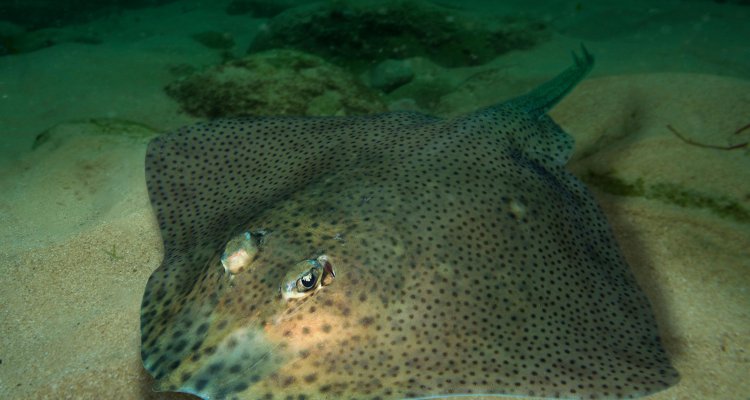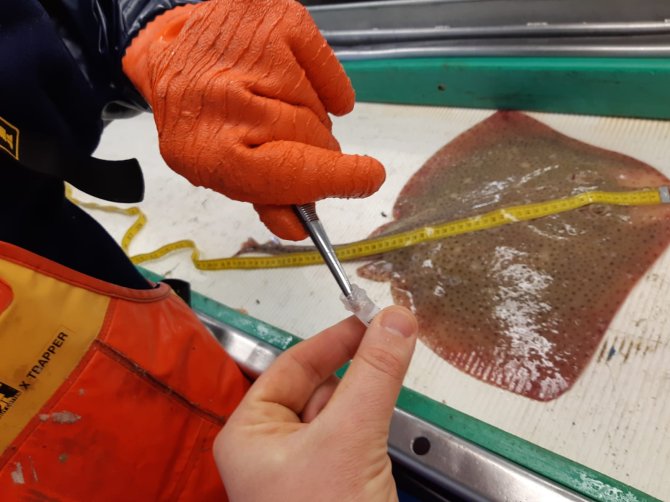
Impact story
DNA relationship research precisely maps out ray population
In order to map out populations of different ray species in the North Sea, they are often tagged when they are caught as bycatch. Afterwards, the number of tagged rays occurring as bycatch is observed over a specific period of time. A new method is taking this a step further: by comparing the DNA profile of fish, relationships between individual fish are identified, and the population size can be estimated much more accurately.
Close kin mark recapture (CKMR) is the name of this method, which is used within INNORAYS, a project financed by the European Maritime and Fisheries Fund. The technique is currently being tested on rays. In collaboration with the fishing industry, our scientists are collecting tissue samples from 2000 thornback rays and 1000 blonde rays. These are then analysed using CKMR.
The next logical step would be to use CKMR for other fish species with relatively small populations such as turbot or brill.
By doing this, WUR is contributing to the creation of population size estimates that are not only much more accurate, but also much more efficient.
